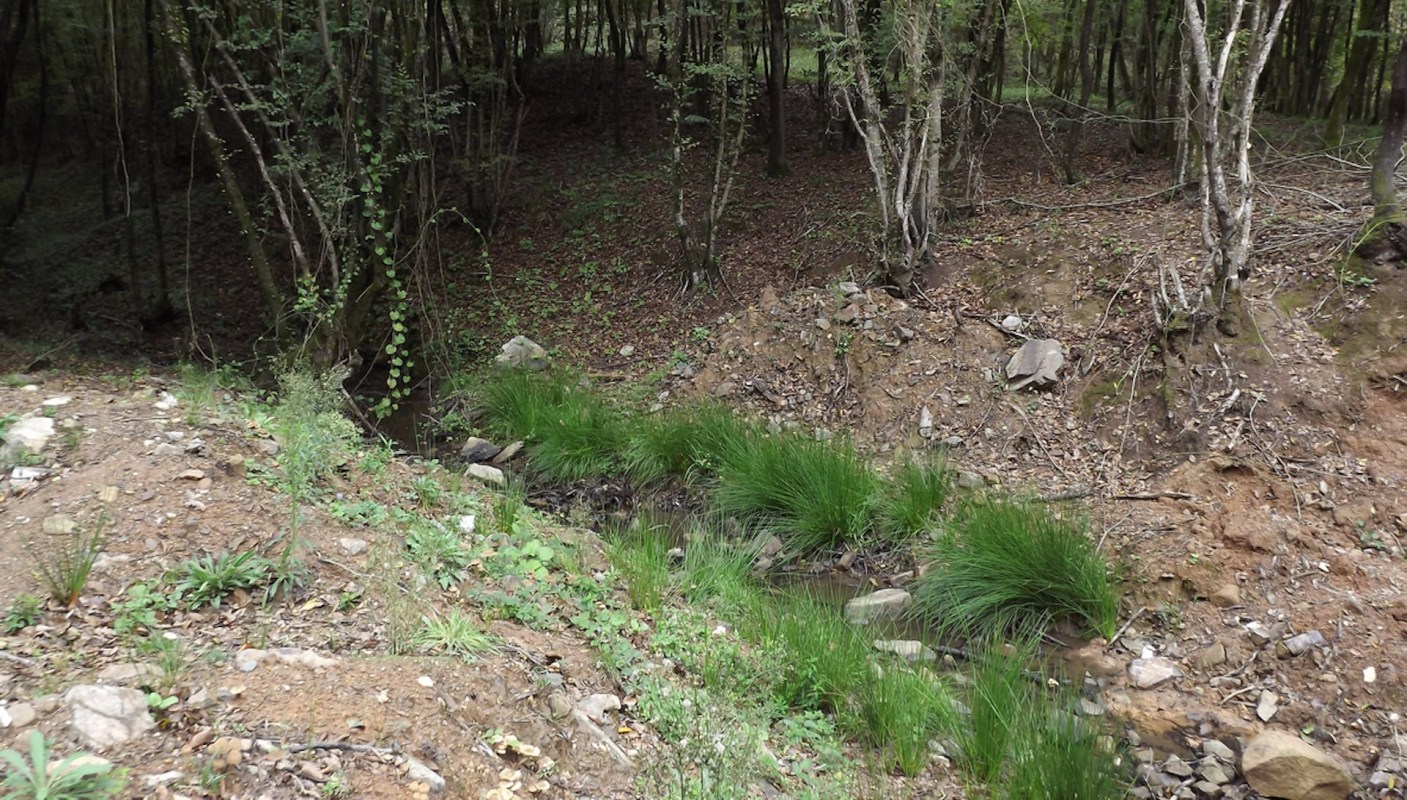One homeowner was in disbelief when they wanted to change a dangerous feature of their yard — and their HOA said no.
The homeowner, a California resident, posted in r/HOA looking for advice. "I recently moved into a new home and began planning my backyard renovations," they explained.
Their main area of concern was a dropoff at one edge of the property.
"At the end of the yard, there is a three-foot, steep slope, with a steel fence installed where the slope ends," they said. "This slope consists of plain dirt and raises concerns regarding the safety of children, pets, and older residents, as well as soil erosion and the structural stability of the rest of the yard."
The owner's plan was simple: build two short retaining walls, one at the top of the slope and one at the bottom, to hold the soil in place and reduce the risk of a long fall.
"Unfortunately, my request was rejected citing the CC&Rs, which state that there is an eight-foot restricted use easement in that area, allowing only the planting of small plants or shrubs," they said.
Leaving the slope as it is or only planting small plants could cause serious problems down the line, both for this homeowner and the environment. Rain or sprinkler runoff could wash topsoil down the steep hill, eroding it.
This would expose the less-fertile dirt underneath, making it hard to grow anything in the area in the future.
Meanwhile, the soil itself would wash onto the neighboring property or road at best and could pollute local waterways.
Plants can help prevent erosion, as well-established root systems hold soil in place. But it can be a struggle to hold back an entire slope with only the small plants this HOA allows.
HOAs, sadly, tend not to be too worried about the environment. Many of these associations have blocked money-saving and eco-friendly home improvements in the past.
Changing the rules in an HOA is often the more effective way to get control over your property.
"I suggest you go to a board meeting or architectural committee meeting and educate them on your situation and ask for approval for your project," said one commenter. "If they say no, join the board and then the architectural committee and approve your own project."
Join our free newsletter for easy tips to save more, waste less, and help yourself while helping the planet.









